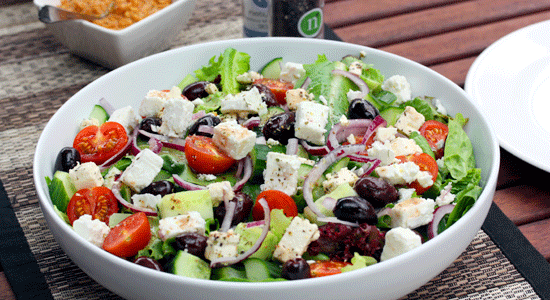When you are doing the weekly shop, take the time to read the labels on the tins and packets. Lots of foods have the words “Low Fat” or “Reduced Sugar” in large letters across the front of them, but that doesn’t necessarily mean they are good for your heart. Try having a look at the small print, the little box somewhere that will list the amount of each ingredient as an amount per 100 grams.
Salt
The recommended adult amount of salt is 6 grams per day. Unfortunately, the majority of adults consume a lot more. It can be one of the “hidden” additives to processed food, but it should be listed somewhere on the label. Watch out for use of the term “Sodium” instead of salt. If the label tells you an amount of sodium, just multiply it by 2.5 to change it to a value for salt.
Sugar
This is another additive that is not always stated as sugar. Other names are sucrose, invert sugar, palm sugar, glucose and fructose to name just a few. Another tip is to keep a close eye on the position of an additive in the list of ingredients. The closer the ingredient is to the top of the list, the greater the amount of that ingredient will be in the food.
Traffic Lights
This is a system that has been adopted to show which foods are the healthier options. It’s very simple to follow as the healthy foods are coded green and can be eaten quite freely. Those coded amber can be consumed most of the time, but beware those coded red as they should only be eaten infrequently as a treat. Remember; just because a food has a green label it does not mean you can eat two or three portions in one go. Although each is a healthy amount to eat, even too much of a good food can be just as bad as a little of the bad ones.
